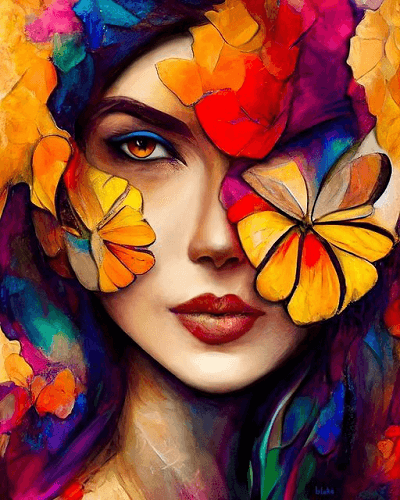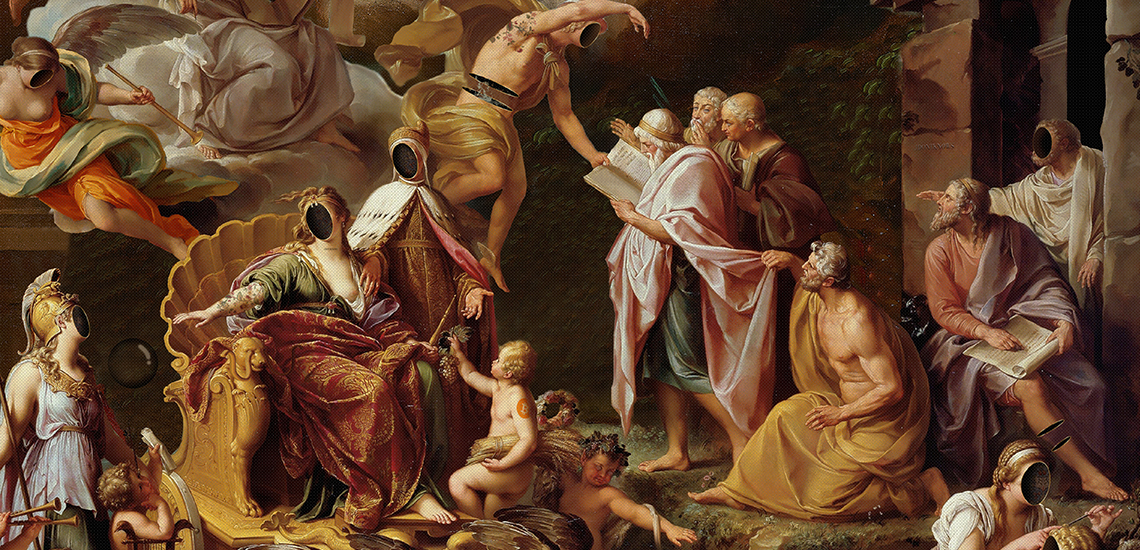Starting an Aesthetic Journey With the Lyrical Analyses of Nature in Impressionist Landscapes
In the world of art background, the Impressionist activity stands apart as a critical duration that reinvented the means nature was portrayed on canvas. Musicians such as Claude Monet, Camille Pissarro, Edgar Degas, Berthe Morisot, and Vincent Van Gogh captured the significance of the environment with their unique interpretations, creating landscapes that transcend mere aesthetic depiction. Each brushstroke, each play of light and shadow, and each shade option in their jobs talks volumes about the artists' deep link to nature and their capability to convert its charm onto the canvas. As we discover the lyrical interpretations of nature in Impressionist landscapes, we are welcomed to submerse ourselves in a globe where truth and emotion link, providing a glimpse into the artists' profound gratitude for the natural world.
The Fascinating Brushstrokes of Claude Monet
Claude Monet's mastery of brushstrokes transcends mere method, imbuing his landscapes with an aerial high quality that mesmerizes and captivates viewers - trump art. His cutting-edge use shade and light, incorporated with his distinct brushwork, creates a feeling of movement and life within his paints. Monet's renowned collection of jobs portraying water lilies and his legendary haystacks showcase his ability to capture the fleeting results of light and ambience

Embracing Light and Shadow With Camille Pissarro
Personifying a similar respect for the interaction of light and shadow, Camille Pissarro's creative vision unravels as a harmonious exploration of the environment's luminous subtleties. Pissarro, a vital figure in the Impressionist motion, masterfully recorded the dynamic connection in between light and shadow in his landscapes. His proficient usage of shade and brushwork allowed him to share the subtle changes in light that specify different times of day and periods.
Pissarro's paintings commonly feature dappled sunshine infiltrating fallen leaves, casting elaborate patterns of light and darkness on the planet listed below. In works such as "Hoar Frost, the Effect of Snow, Pontoise," Pissarro skillfully illustrates the crisp illumination of winter season sunshine compared with the amazing darkness that specify the snowy landscape. By accepting both light and shadow in his structures, Pissarro welcomes visitors to immerse themselves in the natural elegance and transient impacts of light in the globe around them.

Via Pissarro's works, we are reminded of the transformative power of light and shadow, welcoming us to stop and value the short lived minutes of elegance existing in the day-to-day landscapes that surround us.
A Symphony of Colors by Edgar Degas
Edgar Degas manages a lively symphony of colors in his skillful art work, instilling his compositions with a dynamic interplay of colors that astound the visitor's gaze. Recognized largely for his ballet professional dancers and intimate scenes of Parisian life, Degas expertly adjusted shades to convey mood and activity in his paintings. trump art. His use bold, contrasting shades and subtle tonal variations developed a feeling of depth and vibrancy within his works
Degas' shade combination usually contained rich blues, deep greens, and click here for more warm oranges, which he applied with confident brushstrokes to record the significance of his subjects. Whether portraying a ballerina mid-performance or a team of close friends chatting at a cafe, Degas' colors not just portrayed the scene but additionally stimulated a sense of feeling and energy.
Additionally, Degas' experimentation with light and darkness added an additional layer of intricacy to his color make-ups, improving the overall ambience of his paintings (trump art). Via his skillful adjustment of color, Degas created an aesthetic symphony that remains to resonate with viewers today
Discovering Nature's Tranquility With Berthe Morisot
Berthe Morisot's creative vision offers a calm departure from the vivid shade harmonies of Edgar Degas, as she captures the peace of nature in her evocative landscapes. Recognized for her delicate brushwork and intimate representations of daily life, Morisot's landscapes exhibit a feeling of peace and consistency.
Morisot's paints frequently include soft, soft tones that share a feeling of calmness and peacefulness. Her jobs, such as "The Cradle" and "Summertime's Day," showcase her capacity to capture the subtle beauty of nature in such a way that is both reflective and comforting to the audience.
Unlike several of her Stylist counterparts who concentrated on vibrant compositions and strong shades, Morisot preferred to produce mild, reflective scenes that welcome the audience to stop briefly and mirror. With her skillful use of light and darkness, Morisot develops a sense of peace that reverberates with the viewer you can try here on a deep psychological degree.
The Psychological Landscapes of Vincent Van Gogh
Vincent Van Gogh's landscapes vividly communicate a deepness of emotion through their dynamic brushwork and expressive use of color. The Dutch post-impressionist artist is renowned for his capacity to record extreme and raw emotions in his paints, transcending conventional depictions of nature. Van Gogh's troubled individual life, noted by psychological health and wellness battles, substantially affected his art, instilling his landscapes with a feeling of worry, moody, or exuberance.
In works such as "Starry Evening" and "Wheatfield with Crows," Van Gogh's swirling brushstrokes and vibrant shade selections stimulate an extensive psychological action from customers. The unstable skies and flustered landscapes in his paints mirror his inner turmoil and emotional disturbance, welcoming visitors to look into the complexities of his mind.
Van Gogh's unique visual language, identified by overstated point of views and strong use of color, develops landscapes that reverberate with customers on a deeply emotional level. Through his art, Van Gogh invites us to see nature not simply as an exterior truth however as a mirror of our innermost feelings and emotions.
Conclusion
In conclusion, the impressionist landscapes of musicians such as Claude Monet, Camille Pissarro, Edgar Degas, Berthe Morisot, and Vincent Van Gogh read more provide a distinct and exciting visual interpretation of nature. Via their usage of brushstrokes, light, color, and emotion, these musicians have created a harmony of pictures that stimulate a feeling of serenity and elegance in the environment. Their jobs remain to influence and bewitch visitors with their lyrical interpretations of the landscapes around us.
Each brushstroke, each play of light and shadow, and each shade choice in their jobs speaks quantities concerning the musicians' deep connection to nature and their capacity to convert its charm onto the canvas. His cutting-edge use of shade and light, combined with his unique brushwork, develops a feeling of movement and life within his paintings. His experienced use of color and brushwork permitted him to share the refined shifts in light that define different times of day and periods.
